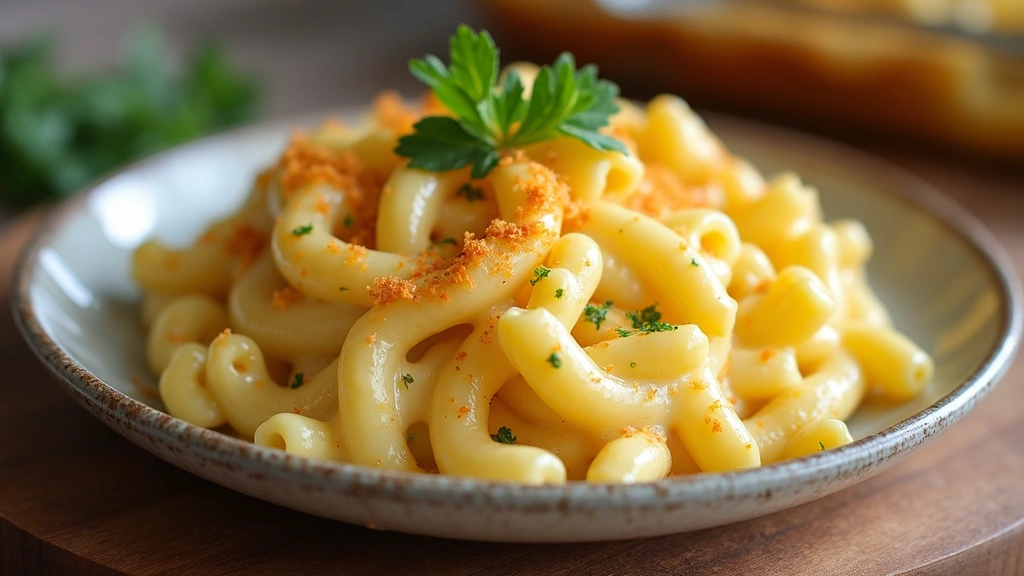There is something inherently comforting about a warm, creamy bowl of mac and cheese.
Its gooey, cheesy goodness transports us back to childhood memories and family gatherings.
This version brings the creamy richness of sharp cheddar together with the subtle tang of Gruyère, creating a symphony of flavors.
Whether you’re preparing a casual weeknight dinner or a holiday feast, this mac and cheese recipe promises to delight.
Each bite is a perfect balance of creamy sauce and tender pasta, leaving everyone craving more.
Get ready to experience the best homemade mac and cheese, right from your kitchen.
The History and Cultural Significance
• The Best Homemade Mac and Cheese traces its origins to the 14th century, where it was originally created in Italy as a simple pasta and cheese casserole.
• The dish evolved over decades as European settlers brought it to America, incorporating new ingredients like cheddar cheese, eventually becoming the beloved version we know today.
• In American culture, this dish traditionally appears at family gatherings and holiday celebrations, symbolizing warmth and togetherness.
• While many variations exist across different regions, the authentic version maintains a creamy, cheesy sauce that sets it apart from imitations.
Recipe Overview
Nutritional Information (per serving)
Essential Equipment Guide
Large Pot: A large pot is essential for boiling the pasta evenly and preventing it from sticking together. A heavy-bottomed pot is ideal for even heat distribution.
Oven-Safe Baking Dish: This dish allows the mac and cheese to bake evenly and develop a crispy top layer. Look for a dish that holds heat well and is easy to clean.
Whisk: A good whisk is crucial for creating a smooth, lump-free cheese sauce. Choose one with a comfortable grip and sturdy wires for the best results.
Ingredients
For the Pasta
|
|
| Amount | Ingredient | Notes |
|---|---|---|
| 12 ounces | elbow macaroni | cooked al dente |
For the Sauce
| Amount | Ingredient | Notes |
|---|---|---|
| 4 tablespoons | unsalted butter | adds richness |
| 4 tablespoons | all-purpose flour | thickens the sauce |
| 3 cups | whole milk | provides creaminess |
| 2 cups | sharp cheddar cheese | grated, for bold flavor |
| 1 cup | Gruyère cheese | grated, for a tangy note |
Seasonings
| Amount | Ingredient | Notes |
|---|---|---|
| 1 teaspoon | salt | enhances flavor |
| 1/2 teaspoon | black pepper | adds subtle heat |
| 1/4 teaspoon | nutmeg | optional, adds depth |
Preparation Methods
Roux Making: A roux is the foundation of the sauce, combining flour and butter to thicken it. Cook the roux until it's golden but not browned, which ensures a smooth texture.
Tempering Milk: Gradually adding milk to the roux while whisking prevents lumps. Start with a small amount, whisk until smooth, then continue adding milk gradually.
Cheese Melting: Add cheese to the sauce off the heat to prevent it from becoming grainy. Stir continuously to ensure a silky texture and even melting.
Step 1: Prepare Ingredients
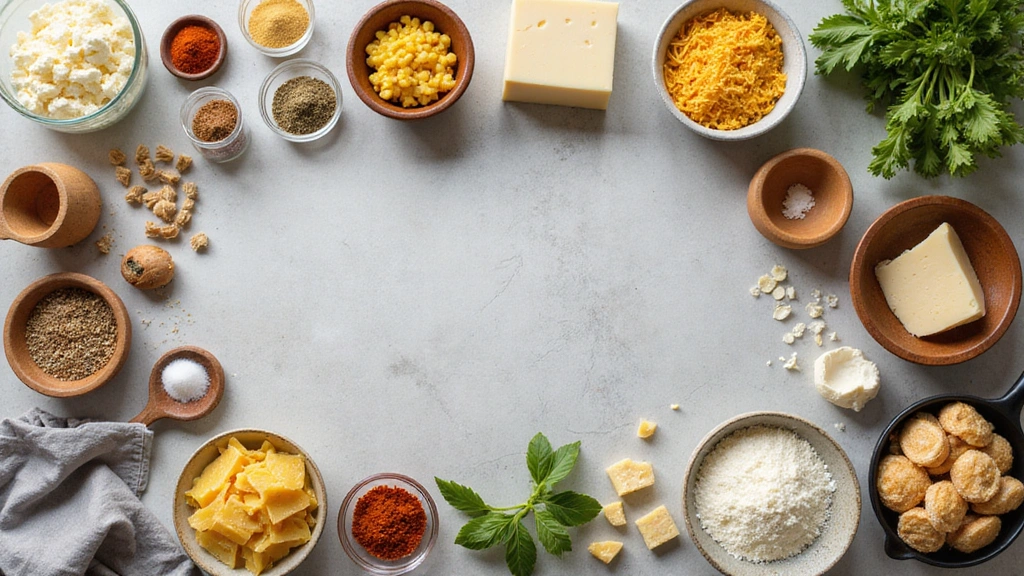
Gather all ingredients and equipment before starting.
Measure out the pasta, cheeses, and seasonings.
Ensure the butter and flour are at room temperature.
Preheat your oven to 350°F.
Step 2: Cook the Pasta
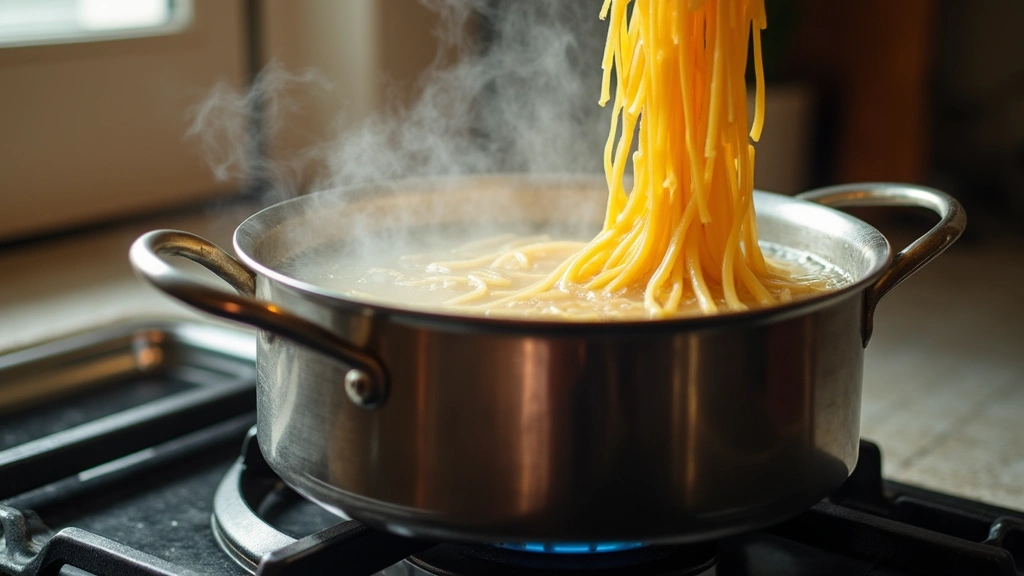
Bring a large pot of salted water to a boil.
Add the elbow macaroni and cook until al dente.
Drain the pasta and set it aside.
Reserve some pasta water in case the sauce needs thinning later.
Step 3: Make the Roux
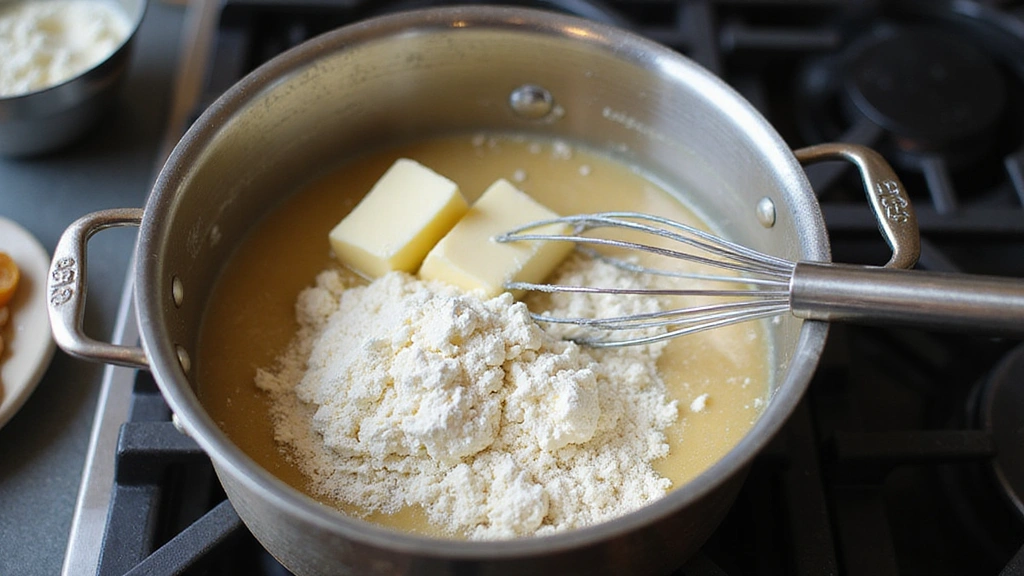
In a saucepan, melt the butter over medium heat.
Add the flour, whisking continuously to combine.
Cook the mixture for a few minutes until it turns a light golden color.
Ensure there are no lumps and the mixture is smooth.
Step 4: Create the Cheese Sauce
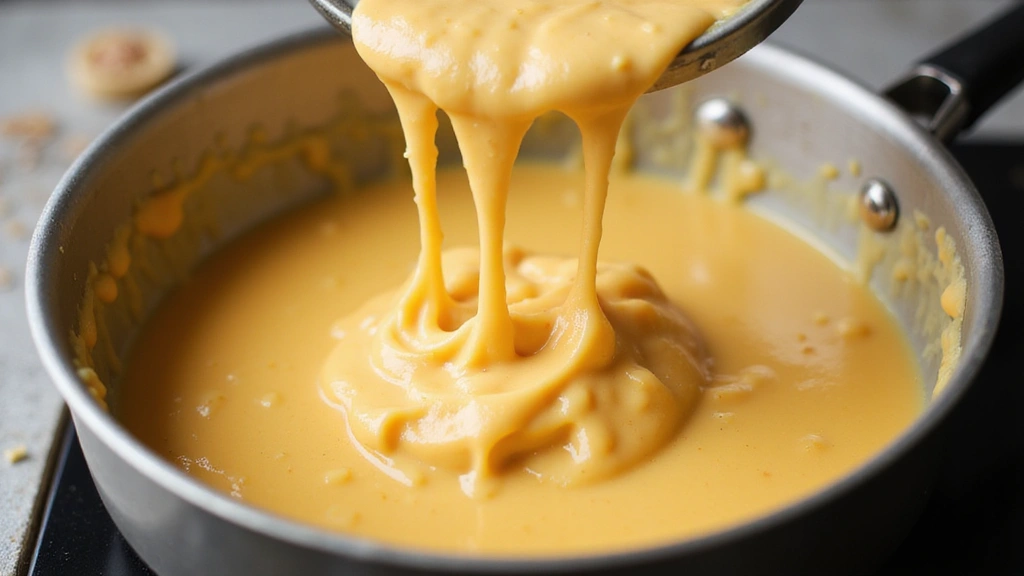
Gradually whisk in the milk to the roux.
Continue to whisk until the sauce thickens and coats the back of a spoon.
Remove the saucepan from heat and add the grated cheeses.
Stir until the cheeses are fully melted and the sauce is smooth.
Step 5: Season the Sauce
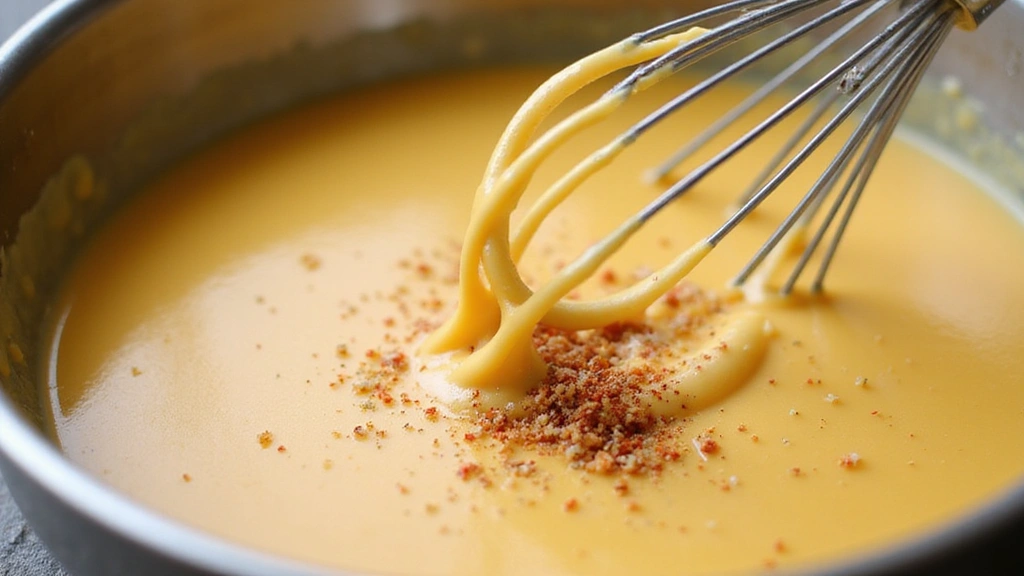
Add salt, pepper, and nutmeg to the cheese sauce.
Stir to incorporate the seasonings evenly throughout the sauce.
Taste and adjust seasoning as needed.
Ensure the flavors are balanced and to your liking.
Step 6: Combine Pasta and Sauce
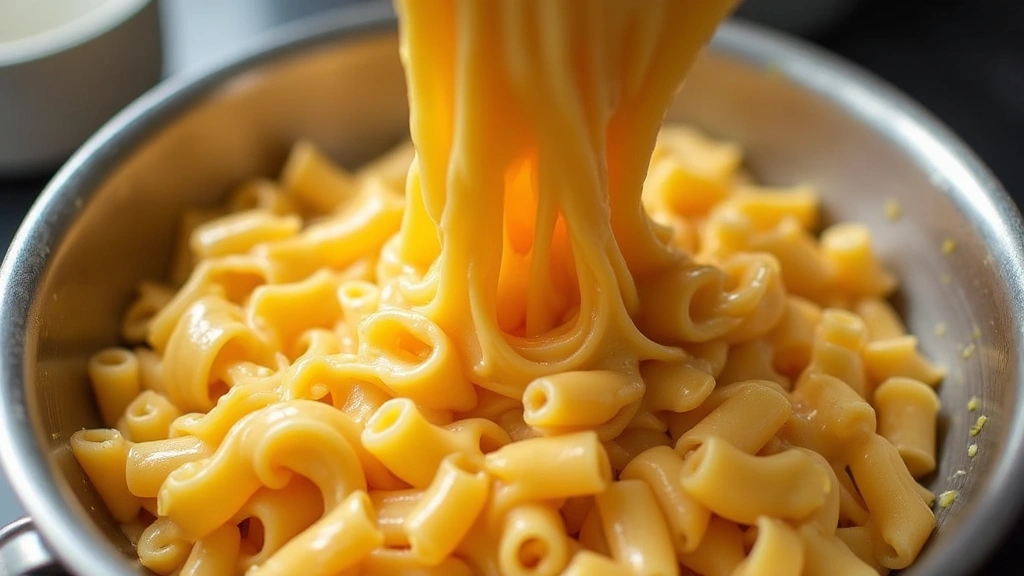
Transfer the cooked pasta to the cheese sauce.
Stir gently to combine, ensuring all pasta is coated.
If the sauce is too thick, add reserved pasta water to adjust consistency.
Ensure the pasta is evenly distributed in the sauce.
Step 7: Assemble in Baking Dish
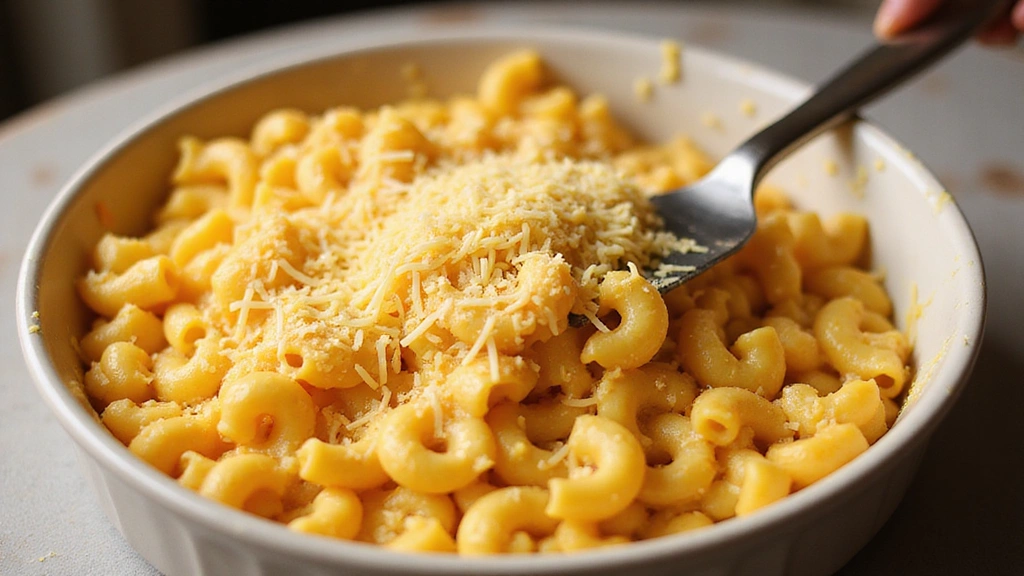
Grease an oven-safe baking dish.
Pour the pasta and cheese mixture into the prepared dish.
Spread the mixture evenly, smoothing the top with a spatula.
Sprinkle additional cheese on top for a golden crust.
Step 8: Bake the Mac and Cheese
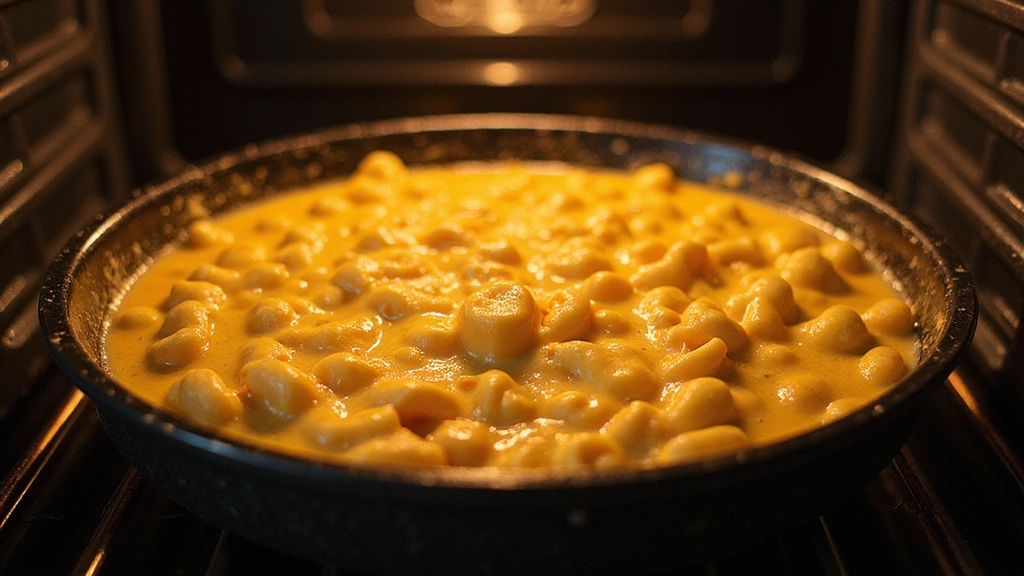
Place the baking dish in the preheated oven.
Bake for 20-25 minutes until the top is golden and bubbly.
Check for a crispy crust that forms on top.
Remove from oven and let it cool slightly before serving.
Critical Timing and Temperature Guide
Roux Cooking: Cook the roux for 2-3 minutes over medium heat, looking for a light golden color. Avoid browning to prevent a burnt flavor.
Baking Time: Bake at 350°F for 20-25 minutes. Look for a golden crust and bubbling edges to indicate doneness.
Resting Time: Allow the dish to rest for 5 minutes after baking. This helps the cheese sauce set and makes serving easier.
Pro Tips for The Best Homemade
• Ingredient Selection: Choose high-quality, aged cheddar and Gruyère for the best flavor and texture.
• Preparation Secret: Toast the flour in the roux a little longer for a nuttier flavor that enhances the cheese sauce.
• Temperature Management: Ensure milk is slightly warm before adding to the roux to prevent clumping.
• Texture Enhancement: Use a mix of cheddar for sharpness and Gruyère for creaminess to achieve a velvety sauce.
• Flavor Layering: Add a touch of nutmeg to deepen the flavor profile of the cheese sauce.
• Make-Ahead Strategies: Prepare the cheese sauce a day in advance, refrigerate, and combine with pasta before baking.
• Restaurant-Quality Finishing Touches: Broil the mac and cheese for 2-3 minutes for an extra crispy top.
• Equipment Optimization: Use a heavy-bottomed saucepan to ensure even heat distribution while making the sauce.
Troubleshooting Common Issues
• Grainy Cheese Sauce: This can occur if cheese is added to a sauce that's too hot. Always add cheese off the heat and stir gently.
• Watery Sauce: If the sauce is too thin, allow it to cook longer to thicken or adjust with a small amount of flour.
• Pasta Overcooked: Pasta should be al dente before baking. Undercook it slightly as it will continue to cook in the oven.
• Crispiness Lacking: If the top isn't crispy enough, broil for a few minutes, but watch closely to avoid burning.
• Flavors Unbalanced: Taste and adjust seasoning as needed, adding salt or spices incrementally to achieve the desired flavor.
Variations and Regional Differences
• Southern Style: Includes a breadcrumb topping mixed with butter and spices for added texture and flavor.
• Italian Style: Uses béchamel sauce and a blend of Italian cheeses such as mozzarella and Parmesan.
• French Style: Incorporates a Mornay sauce, which is a béchamel with cheese, often including Emmental or Comté.
• Vegan Variation: Replaces dairy with a plant-based cheese and almond milk, using nutritional yeast for flavor.
Food Science Behind the Recipe
• Emulsification: The process of combining fat and liquid in the cheese sauce creates a stable, creamy texture when properly executed.
• Starch Gelatinization: Cooking the flour in the roux releases starches that thicken the sauce as it heats.
• Cheese Melting Point: Understanding the melting points of different cheeses helps achieve a smooth sauce without separating.
Frequently Asked Questions
What's the most common mistake people make when preparing mac and cheese? Overcooking the pasta is a frequent error, leading to mushy texture after baking.
Can I use other cheeses? Yes, but choose cheeses that melt well like mozzarella or Monterey Jack for best results.
How can I make it gluten-free? Substitute gluten-free pasta and flour in the roux for a gluten-free version.
Why is my cheese sauce gritty? This could be due to overheating the cheese or using pre-shredded cheese with anti-caking agents.
Can I prepare this dish ahead of time? Yes, assemble the dish and refrigerate, then bake when ready to serve.
What type of pasta works best? Elbow macaroni is traditional, but any short pasta like penne or shells will work.
How do I store leftovers? Store in an airtight container in the refrigerator for up to 3 days and reheat gently in the oven.
Serving and Presentation Guide
• Traditional Presentation: Serve directly from the baking dish, allowing guests to enjoy the rustic, homemade feel.
• Individual Servings: Use ramekins for individual portions, ideal for dinner parties.
• Family Style: Present in a large platter with a garnish of fresh herbs for a communal dining experience.
• Casual Buffet: Keep warm in a slow cooker for self-serve at casual gatherings.
Conclusion
Now that you've discovered the secrets to the best homemade mac and cheese, it's time to dive into cooking.
This recipe offers the perfect blend of creaminess and cheesy delight that everyone will adore.
Gather your ingredients, follow the steps, and enjoy the ultimate comfort food experience.

